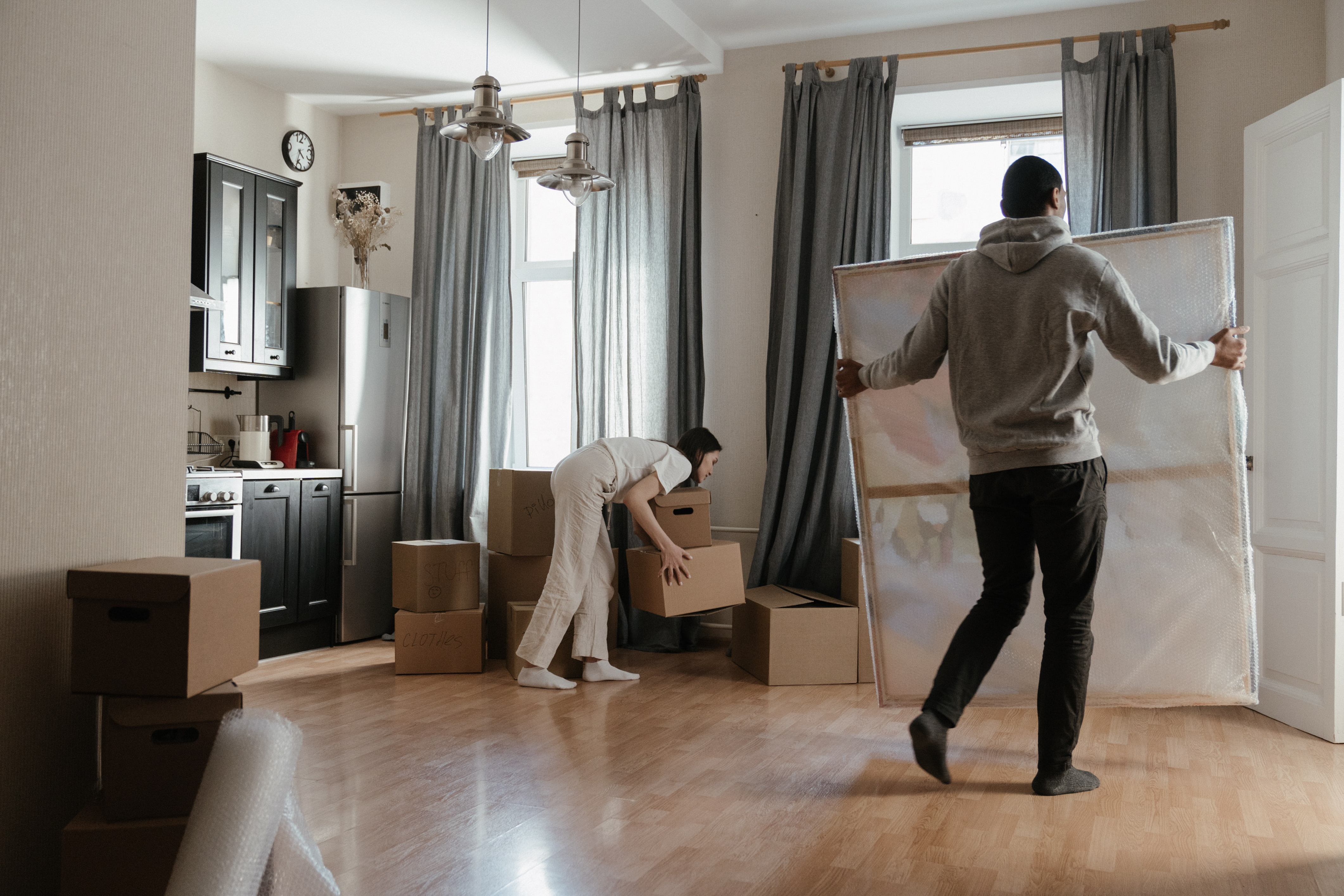Moving: Where do I start?
You're probably familiar with the most common question when moving: "Where do all the things come from that I have to pack in boxes now?" What was previously hidden in shelves and cupboards now needs a place in the moving box. This can add up to quite a few boxes – often more than you expected. But what's the best way to start?
Cleverly packed is half moved
It makes sense to ask yourself the following questions early on:
Is there anything I can do before I move?
How many moving boxes do I need?
What other accessories do I need to pack properly for my move?
What is the best way to pack moving boxes?
We've put together three quick tips and in-depth packing checklists for your move.
Three quick tips: How to pack moving boxes correctly
Prepare for your move
Recommendation: Packaging for your move
Packing for the move: practical tips and checklists
Everything at hand, packed for the back, changed stress-free. Of course, moving is never that easy. With these checklists, however, you are well prepared for your move.
Checklist: What you need for a move
- 10 moving boxes per room: It's better to plan generously so that you don't have to pack the boxes too heavily.
Clothing boxes for winter and ski clothing: You can store the boxes directly in the basement and your clothes are dust-proof.
Bottle packaging for wine: Bottles can be transported safely in packaging with insert compartments.
Bubble wrap or tissue paper for glass and tableware: Better than newsprint, because the printer's ink can rub off on sensitive surfaces.
Edge protection for mirrors and frames: Put the protector over the corners.
Covers for mattresses and pillows: You can transport textiles in practical mattress covers.
Bags for screws: When dismantling furniture, collect screws and other small parts in labeled bags.
Archive boxes for tax documents: Important papers and documents can be transported in suitable boxes and stored directly in the basement.
Book boxes: Particularly stable and slightly smaller than normal moving boxes. To prevent your books from slipping into each other and bending the pages, place them back to back in the box.
Scales: If you want to make sure your boxes aren't too heavy, keep a bathroom scale handy.
- High Visibility Pen: Labeling boxes is the be-all and end-all when moving.
Checklist: Packing your moving box correctly
- Logical: Everyone has their own packing system, for example by room or by closet. Keep your system going so you don't get confused when unpacking.
- Labeled and marked: If you label your moving boxes from several sides, you always have an overview. You can also mark boxes for your helpers or the moving company: for example, with numbers or colors for each room.
- Don't clutter: Pack a maximum of 15 to 20 kilos per moving box. Be especially careful when packing books, these boxes can quickly become too heavy.
- Heavy down: It is best to pack folders and books at the bottom so that sensitive items are not crushed.
- Filling cavities: If you're packing delicate things, fill cavities in the moving box with bubble wrap, tissue paper, or towels.
- Pack valuable extras: Anything that is close to your heart, fragile or valuable, is best packed separately and transported to your new home yourself.
- Securing plants: Small plants can also be packed in cardboard boxes. Simply secure the pots with crumpled newspaper.
- Children's Carton Packing: Moving with children is a special challenge. To make sure you have everything you need at hand, pack an extra children's box with your favourite stuffed animals or toys, diapers, wet wipes, changing mat, baby food and picture books.

